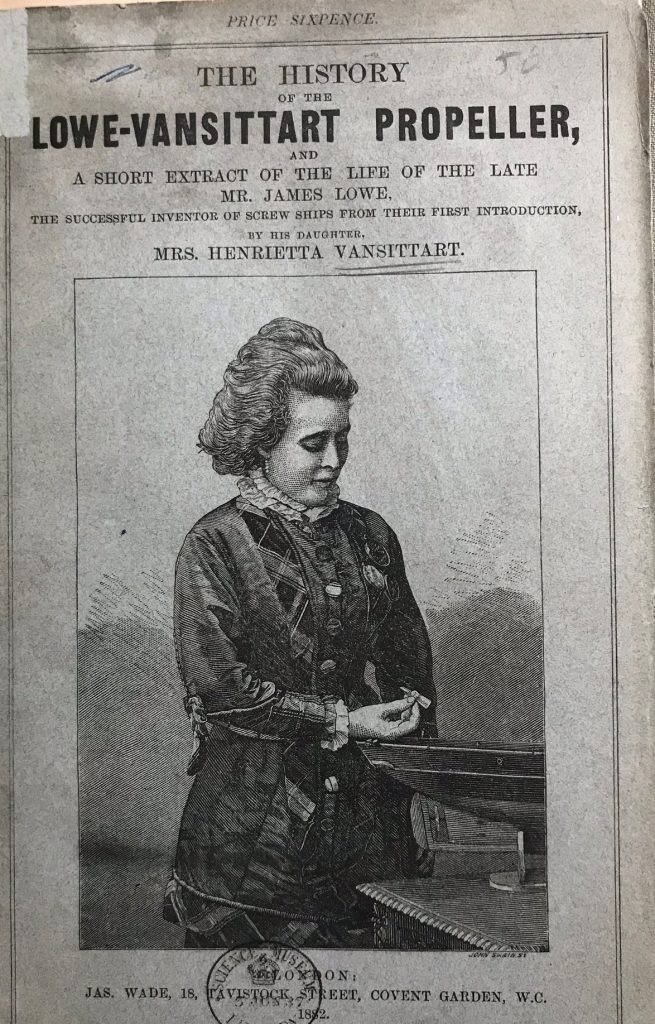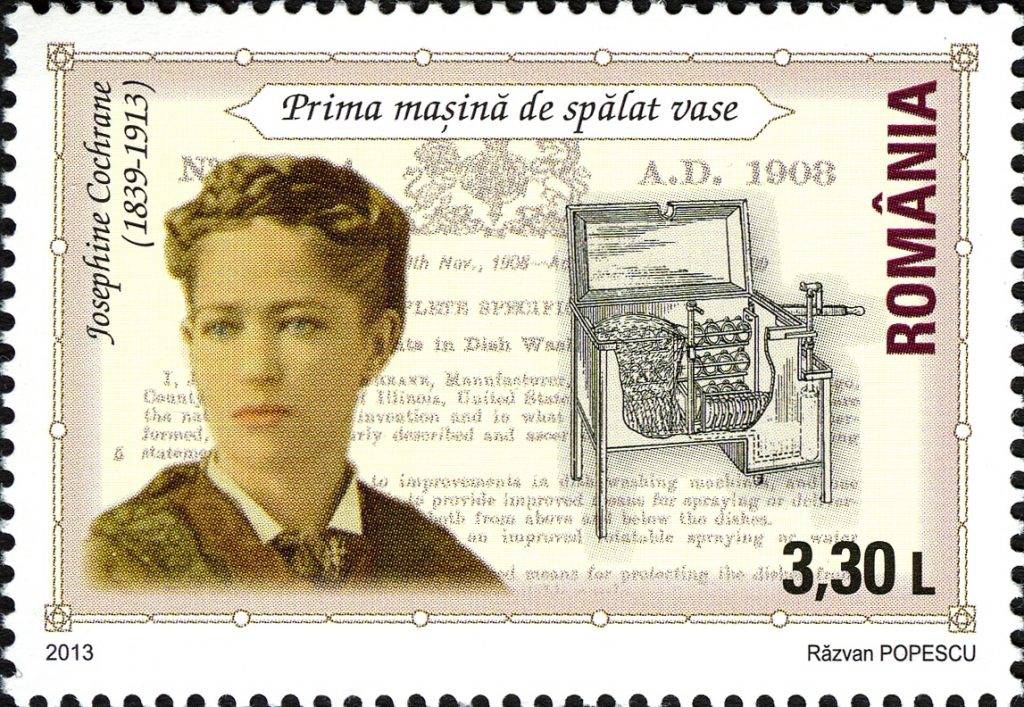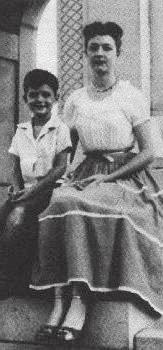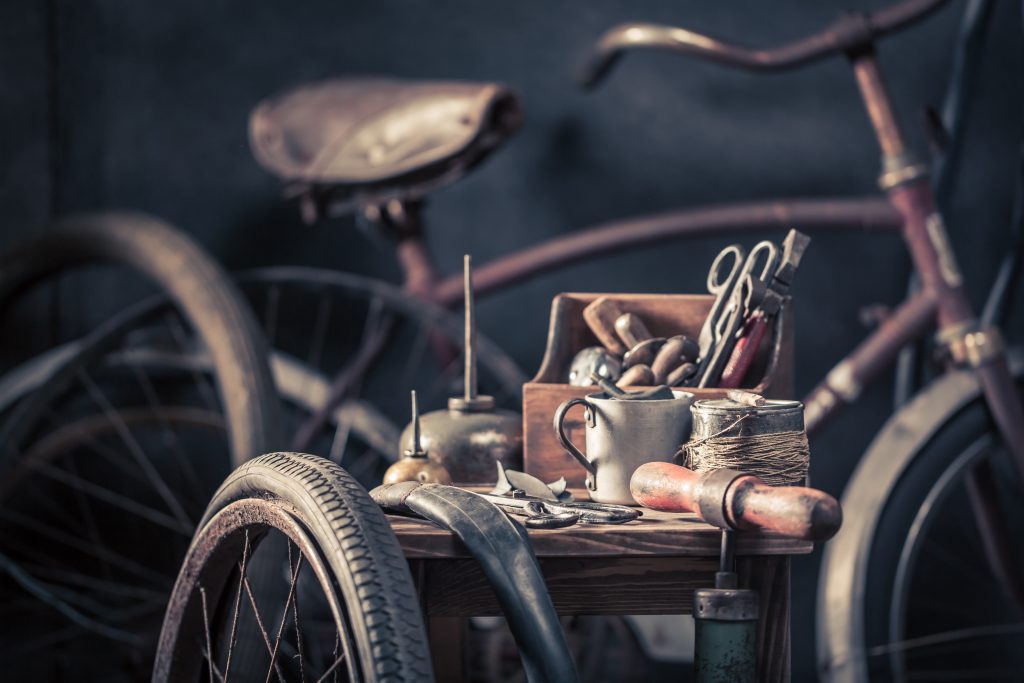International Women in Engineering Day, Part 3: An interview with Rachel Januszewski and a look back in time

Following on from last weeks post, we have picked four more women from history to explore and see what amazing inventions and innovations they pioneered. These four women’s inventions range from synthetic fibres five times stronger than steel to the invention of the modern dishwasher!
We also have the next in our series of interviews with female engineers, where we talk to the modern-day counterparts of these historical figures. These women are leaders in their fields, and we wanted to find out what inspired them to become engineers and what their experiences of engineering are in the modern world. This week we talk to Rachel Januszewski, who gave us a fascinating insight into what her experience with STEM education has been and a look at all the outreach work she has been doing.
Jump to the interview by clicking here.
For the first of our historical figures, we’re reaching back to the 1800s for someone who is widely considered one of the first female engineers in history.
Henrietta Vansittart

Born in Surrey in 1833, Henrietta Vansittart was first introduced to engineering by her father, James Lowe, who patented a type of submerged screw propellor for ships. Despite the widespread use of his design, Lowe nearly bankrupted his family by pursuing court cases against infringements to his design. Henrietta would go on to follow in her father’s footsteps, filing multiple patents for what she called the
Lowe-Vansittart propellor, a more efficient and smoother design of her father’s screw propellor. This design was so successful that Henrietta won many awards, took her design to exhibitions the world over and – most impressively given the period in which she lived – she became the first woman to write, read, and illustrate her own diagrams and drawings for a scientific article presented before an undoubtedly male-dominated scientific institution; the Association of Foreman Engineers and Draughtsmen.
As an interesting historical note, one of her Lowe-Vansittart propellors would go on to be fitted to the SS Lusitania!
Josephine Cochrane

From one water-based invention to another entirely different one, Josephine Cochrane is the inventor of the world’s first automatic dishwasher! Her father may have been her inspiration for her to get into engineering as he was a civil engineer; however, she would go on to have much more success in her career than he would.
After a Chicago high-society dinner party, a few dishes were chipped while they were being washed, which inspired Josephine to start developing what would become the automatic dishwasher. It is claimed that she even once said, “If nobody else is going to invent a dishwashing machine, I’ll do it myself!” a claim she made good on in 1886 when she received a patent for her design.
She would go on to build a very successful company, the Cochran’s Crescent Washing Machine Company. The success coming from the fact that her washing machine design was the first to use water pressure instead of internal scrubbers, resulting in a much better clean.
Bette Nesmith Graham

https://en.wikipedia.org/w/index.php?curid=4551048
Bette Nesmith Graham should be a household name among students worldwide, as her invention of correction fluid or liquid paper has undoubtedly been used by them more than any other group of people in history.
Born in 1924, Bette realised that mistakes made on electric typewriters were incredibly difficult to correct. Still, she could paint over an error by using a water-based tempera paint of her design. Whilst working as the executive secretary of a bank, she corrected mistakes made by herself and her co-workers, eventually selling the mixture as “Mistake Out” in 1956.
In 1979 she would go on to sell her liquid paper to non-other than the Gillette Corporation for a whopping $47.5 million!
Stephanie Kwolek

https://commons.wikimedia.org/w/index.php?curid=28982468
Our final woman is Stephanie Kwolek, an American chemist who, whilst working at DuPont, invented Kevlar, a synthetic fibre five times stronger than steel. Attributing her interest in science to her father, she went on to earn a degree in chemistry and hoped to earn enough money from a temporary job in a related field to pay for medical school.
Originally looking for something to replace the steel used in tires, she discovered Kevlar as something which would normally be thrown away from other chemical processes. The applications of Kevlar are so far-reaching that it’s been used in everything from tennis rackets, boats, cables, mobile phones and most famously in flexible, lightweight body armour.
For her discovery and invention, Kwolek received many awards including the Chemical Pioneer Award from the American Institute of Chemists, and an Award for Creative Invention from the American Chemical Society, and has even had awards named after her in her honour. She even has a shuttlecraft named after her in a Star Trek novella, which isn’t something everyone can say!
Engineering Everywhere – Rachel Januszewski

For our second interview, we sat down with Rachel Januszewski, a Research Assistant at Imperial College. Rachel remembers a highlight of her PhD as presenting the first year of her research at a conference in Beijing, fielding questions from experts and professionals from the industry, her work even garnering interest from a research engineer at NASA! Rachel will soon be applying her expertise to researching engine oils in a speciality chemicals company based in Oxfordshire.
From playing with magnetic toys as a child to showing others how engineering is creative and fun, read on to hear how Rachel’s interest in engineering grew and about her amazing work to engage others in the field.
What were you studying?
I studied Mechanical Engineering at Imperial College as an Undergraduate. In my final year, I did my research project in the Tribology Lab looking at lubricants for wind turbines. I then took on a PhD in the same lab, looking at what happens to rolling element bearings when they are not rolling.
Did anyone in your life inspire you to pursue this industry?
I have fond memories of being much younger and helping my dad fix bikes. I started by passing tools and finding loose bearing elements before eventually graduating to being able to do things like fixing my own punctures. But it has come from both of my parents. My mum has a PhD in physiology and was doing embryology when it was brand new, injecting sperm into eggs and looking after them in liquid nitrogen storage. So having two scientists as parents were quite inspiring for me. At school, it was my year 10 maths teacher that inspired me further. He taught us Mechanics modules using formulas painted all over his walls and an overhead projector! Then, my lecturer in the first year of mechanics at University, Maria, was absolutely amazing. She sat there and simply told us how it was – “this is hard, but this is how you do it!”
What do you enjoy the most about engineering?
I love that engineering is all around us – things that people use every day have been designed and produced by engineers. For example, my PhD was sponsored by SKF and I now always look out for their logo appearing in different applications. I’ve even seen it on the underneath of a train carriage waiting at Waterloo station before. When you do start looking out for these little engineering things, you go “oh, yeah!” There’s recognition. I have worked for a company that produced microchips, and you realise “Oh, that’s in my phone, that’s in my laptop, that’s in every single bit of electronics that I have.”
What drew you to Tribology, rather than one of the other areas of engineering?
I love that tribology uses so many different engineering concepts, from fluid mechanics to material microstructures. I also love that it brings engineers, chemists, physicists and other scientists together in the same subject so that we are always learning from one another.
What does a typical day look like for you?
Recently I’ve been writing the experiments that I did during my PhD into a thesis. There was a lot of data analysis, working out consistent trends and of course typing. I think I enjoyed lab days the most during my PhD. There was a lot of setting up equipment and cleaning specimens but while tests were running, there was a chance to read around the subject, plan the next set of experiments or grab a coffee with the lovely people in my group.
Looking beyond the industrial applications of tribology and how tribology knowledge can benefit companies, are there any ways you think the public could benefit from a better understanding of tribology?
I think that cycling around London has given me a good example of this. I frequently see (well, hear) badly maintained bikes. I do enjoy going past them on my ancient, bright purple Raleigh Pioneer when normally all they need is a bottle of chain oil to increase their efficiency and hence speed while also reducing their chain wear.

What are some of the misconceptions about being a female engineer?
I think one misconception is that female engineers need to be “one of the lads”. I became an engineer so that I could use my creative side to help me solve problems, not because I am laddish! I think that there is a misconception about what engineers do in general with many people imagining engineers in hard hats or covered in oily boiler suits when in reality there are so many cool engineering jobs out there, from designing myoelectric limbs to researching how the bubbles in diet coke affect how the drink tastes.
What do you think the industry and society could be doing to encourage more women to study or choose a career in engineering?
Things like providing role models and hands-on experience in engineering could help with encouragement. I like to think that the outreach that I have been involved in has helped. I have done experiment demonstrations showing that science can be fun and exciting. We had this little friction experiment at one outreach programme which was an incline with an adjustable angle that you had to pull a block up using a pulley and some weights. We had a little group of kids in the event, and when asked “who wants to put the weights on the end of this to make the science work?” Everybody put their hands up, girls, boys, all probably under 10. They were fascinated at this age but then I don’t know what happens when they get older and start choosing A-levels where it’s then “ahh, I don’t want to do science”.
Can you tell us more about the outreach programmes you were involved in?
I’d go back to my school for science family fun days. So, we’d have little experiments we’d do with people. One that I remember was having bubble experiments, chromatography and other demonstrations. They were fun, getting the whole community interested, and then we did the same thing but at the Dorset country show. We’d have people come over to the science tent and one of the things I enjoyed the most was having people make harmonicas out of Lolli sticks. Two little straws, two Lolli-sticks and an elastic band so you can make something fun to annoy the parents for the rest of the day! Another thing that I loved about doing the county show was shouting at people as they were coming past, saying “you, you, come and do some science!” You’d get some teenagers who wouldn’t want to, but at the end, they’d say “it was alright”, in that very ‘teenager way’, but they were smiling so I think that they really did have fun.
Then during my PhD, we did some Tribology outreach, so we had the whole department go to the New Scientist Live event, where we had a working EHD rig to show people lubrication in action. I think the year before I came, they took an MTM rig to the Imperial College festival and were showing people the difference between honey and wine, water, whatever everyday lubricants they could demonstrate for everyone.
Studies have shown that the media can influence the choices of young people when they are thinking about their later lives and careers. Do you think that engineers could or should look to the media to engage with young people and promote careers in engineering?
Representation in media is important. Yes, in sitcoms like the Big Bang Theory but also in the news. There’s so much cool science going on at the moment including things like the Mars rover landing that can be used to promote science/engineering. I think with engineering, people still don’t quite know what it is, whereas doctors people understand, they’ve seen a doctor, they’ve been to GP’s, they know what a doctor is, they essentially know what they do. So, you see them in TV shows, and you understand that role whereas people could think of engineers and wonder “well, I don’t know, is it like Scrapheap Challenge? Or is it something completely different?”
Someone who has done so much for science and engineering in the media is Maggie Aderin-Pocock. I especially enjoyed seeing her go to the moon in the Clangers TV show. It’s amazing to see somebody in our field being so active, especially knowing that she did her PhD in the very same research group at Imperial College as me!
What would you say to young women who are choosing their A-levels, universities and are potentially interested in this industry?
Just do it – engineering is fun and there is much less essay writing to do! It is something a bit different and I have really enjoyed doing engineering. It is a great mix of physics, maths and creativity as well. You get to design things, you get to make things, and it’s incredibly fun!
Find out more!
If you want to learn more about any of the historic female engineers we wrote about today, please feel free to get in touch!
If you want to find out more about Rachel Januszewski then you can follow her on LinkedIn. Rachel has kindly allowed us to share her socials:
LinkedIn: Rachel Januszewski
